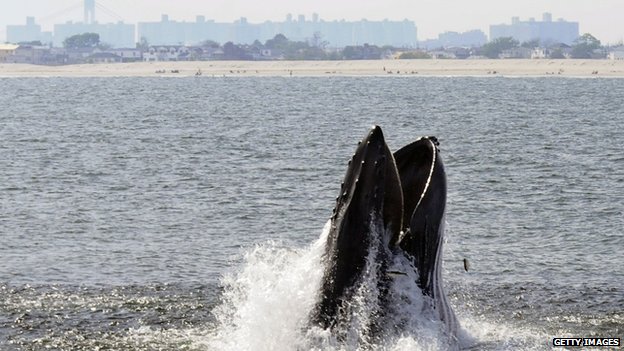2018 Osprey Outlook
Insight Into Important (Bio)Indicators: Ospreys
by Ben Wurst, Habitat Program Manager

Mid-summer marks the nestling period of nesting ospreys, a coastal raptor, whose diet consists mainly of fish. As a state that’s heavily influenced by its location along the Atlantic Ocean, they play a critical role in our coastal ecosystem. Ospreys are important bioindicators of the health of our coastal waters, through the lens of their prey, where pollutants are biomagnified through the food chain. As we consume many of the same fish, they show the effects of these pollutants long before humans, so the health of their population has implications for our coastal waters and us! Continue reading “2018 Osprey Outlook”
